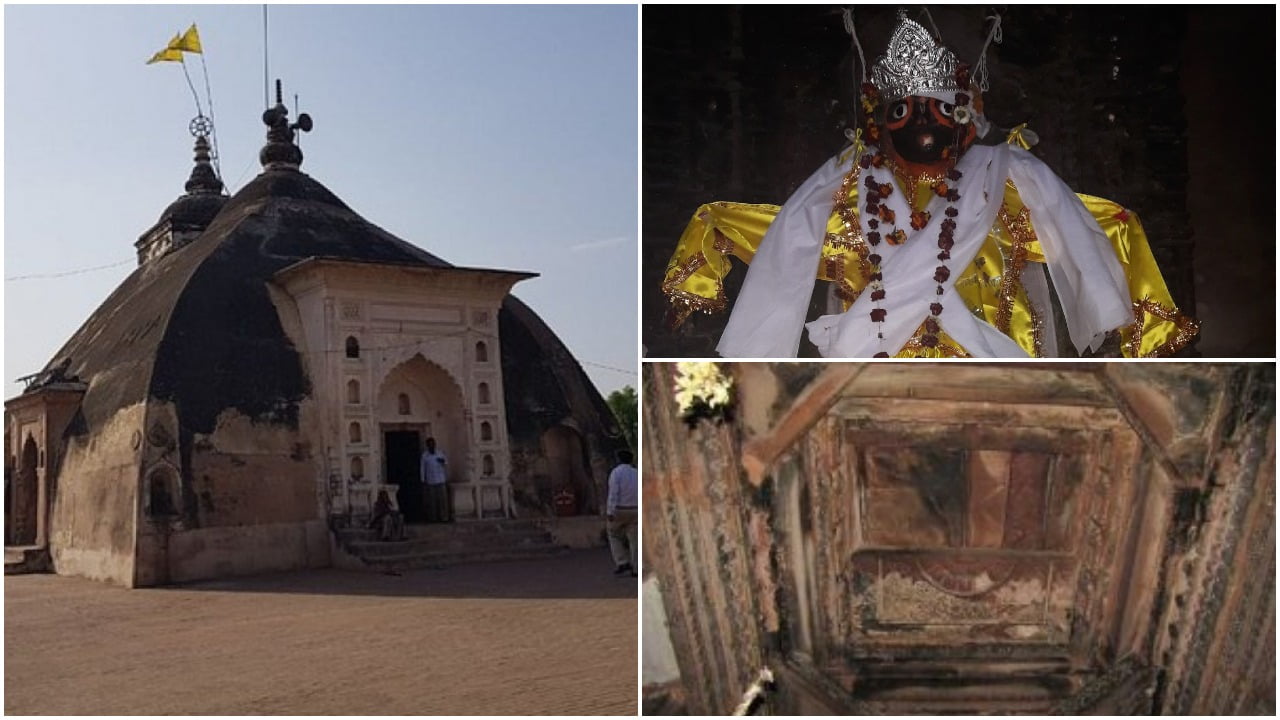Monsoon Forecast From Jagannath Temple In This Kanpur Village

A lot has been written about mysteries surrounding Jagannath Temple in Puri that defy scientific logic or explanation. Another shrine dedicated to the Lord in far away Uttar Pradesh holds a similar appeal and continues to be an enigma for archaeologists and scientists.
This temple at Bhitargaon Behata village in Kanpur is famous as Monsoon or Rain Temple, and the water trickling from its ceiling, which reportedly begins 15 days before the onset of monsoon, remains the biggest puzzle among all that the shrine embodies.
Head priest Dinesh Shukla, whose family has been serving at the temple for past six generations, said people throng the shrine every year to observe accumulation of water droplets on its ceiling. If the size of droplets accumulated on the temple ceiling is big, it is believed that there will be good rainfall and if it is small, then drought is sure to stare you in the face.
Farmers residing in Bhitargaon Behata and nearby villages depend on this indication for their agricultural plans, he said.
Experts have attributed this phenomena to the structural design of the temple, which resembles a Buddhist Stupa from outside with interiors built in Nagara style despite the sibling deities being worshiped there.
The idol of Jagannath, in carved black stone, is the largest of the three rested on a stone pedestal. The ‘Dasaavatar’ (ten incarnations of Lord Vishnu) carving on a stone behind the idol of Jagannath interestingly has Balabhadra in the space where Buddha is usually depicted.
Similar to the Puri temple, atop the temple is the Nila Chakra (the sacred wheel) with a saffron flag hoisted on it
The temple, spread across a 100 feet X 70 feet area, holds more mysteries in its womb. Confusion remains as to when the temple was built. While some say it was built in the 11th Century, others offer a range — 12th to 14th Century — on the basis of carvings inside the temple premises.
According to historian Ajay Tribedi, it was built by the Gujjar-Parhari rulers and the structure could have come up between 11th and 13th Century.

Comments are closed.